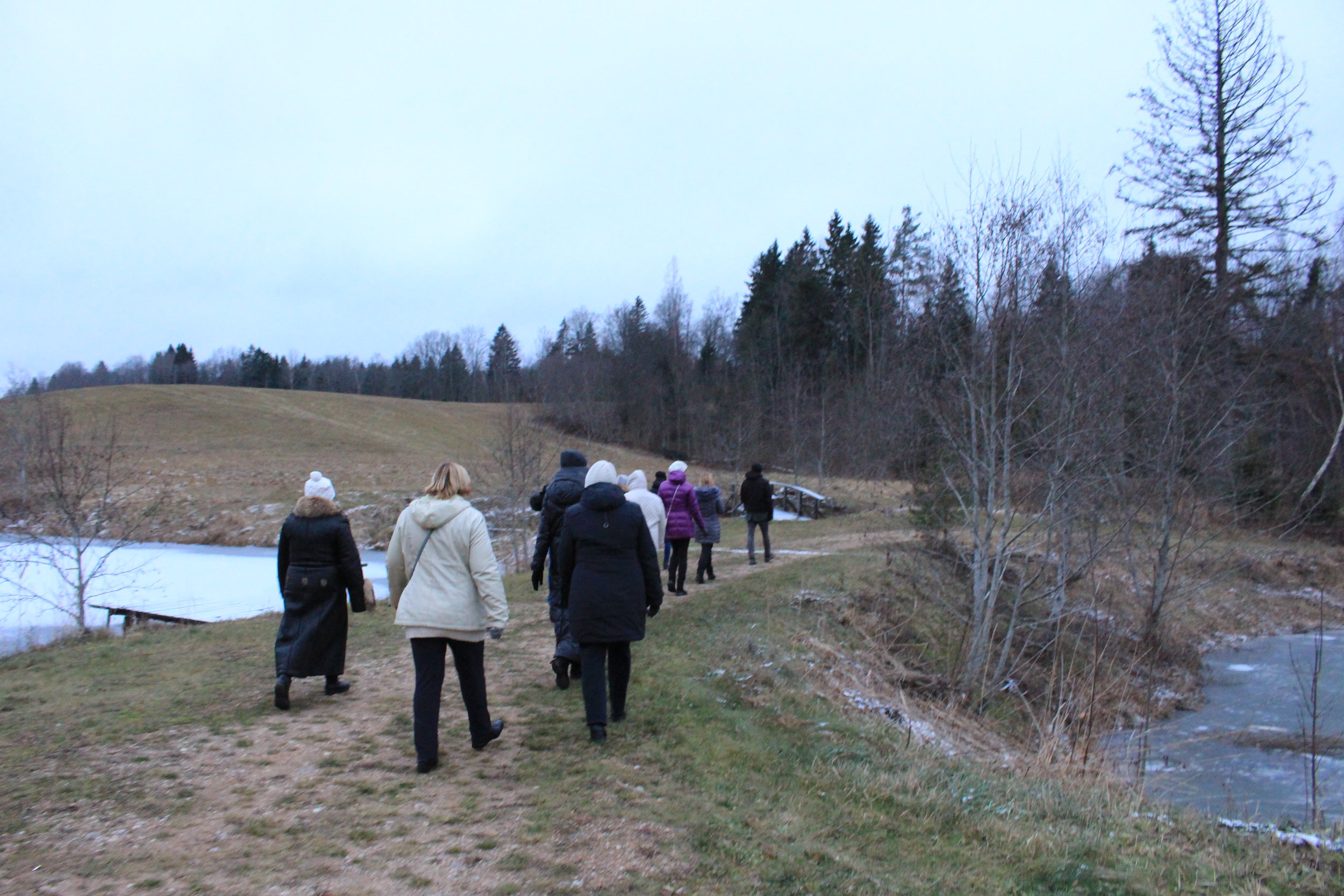Bug hotels and other ideas for exploring biodiversity
/Towards the end of 2018, teachers and team members from Latvia gathered in Ligatne in order to share and compile creative ideas on how to increase children’s interest in nature.
The two-day programme included discussions held by experts who provided valuable insights and methods to familiarize children with biodiversity and our natural resources. Among other subjects were examples of environmental education in other countries and the benefits of nature studies in improving children’s mental health and learning skills, as well as promoting engagement of the young in environmental activism later in life.
Construction of insect hotels in school premises is becoming more and more popular as an educational activity on biodiversity. One of the participating experts, Voldemars Spungis, a well-known Latvian entomologist, encouraged the teachers to adopt a more critical approach to methods used for these constructions. Most of the hotels and the materials used to build them bear very little resemblance to conditions of insects’ natural habitat. People tend to stack various dry materials such as brick, hay, dry wood and even plastic materials, often creating a fairly interesting and aesthetic environmental feature. However, in reality only spiders and ants at best would find these homely enough. Spungis stressed that the planning should follow examples found in nature: the best materials would be fallen trees or branches, holes in wood, reeds and hard rocks, while the layout should provide conditions of various levels of humidity. His insights helped teachers to learn more efficient and science-based methods for exploration and conservation of biodiversity.
In addition to the educational experience, the meeting was also a good networking opportunity for the participants, and we look forward to extending it at the international meeting which will take place in February.
Contributor: Ilze Rušmane



